The United Nations International Children’s Emergency Fund (UNICEF) is calling for greater protection for schools and hospitals in conflict areas around the world.
A UNICEF analysis says that every single day there is an average of four such institutions being attacked or occupied by armed forces.
Eleanor Hevey is the international policy specialist for UNICEF Canada
Listen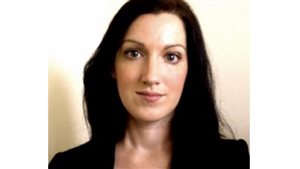
The UNICEF comment is drawn from the most recent Report of the UN Secretary-General on Children and Armed Conflict.
The concerns come in the wake of recent attacks on education and health facilities and workers – including the bombing of schools in Yemen, and a strike on a hospital in Aleppo, Syria on April 27, that killed at least 50 people, including one of the area’s last paediatricians.
In addition to over 1500 documented attacks or military occupation of schools and medical facilities, the UN monitoring says it has documented follow-up attacks on such facilities which target not only the original students and medical staff but also subsequent responders to the tragedies.
This comes from 23 conflict situations around the world.
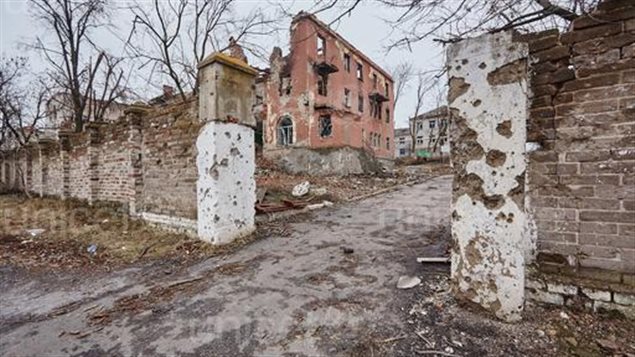
UNICEF is also participant at the world’s first gathering of leaders and stakeholders for World Humanitarian Summit which began on Monday and ends later today in Istanbul, Turkey.
Ms Hevey says UNICEF is hoping that the summit will produce actionable commitments to ensure funding to help children in conflict situations.
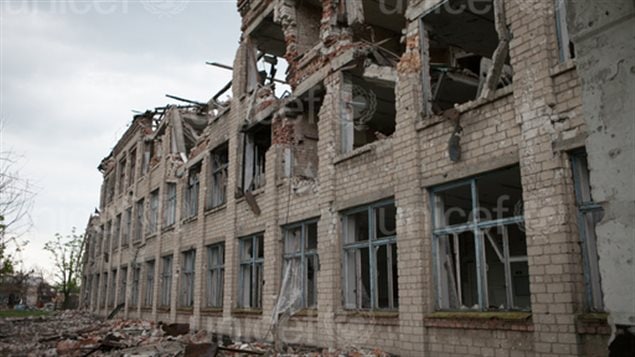
Afshan Khan, UNICEF’s Director of Emergency Programmes is quoted in a press release on the eve of the summit saying,”Attacks against schools and hospitals during conflict are an alarming, and disgraceful, trend. Intentional and direct strikes on these facilities, and on health workers and teachers, can be war crimes. Governments and other actors need to urgently protect schools and hospitals by upholding the provisions of international humanitarian law and international human rights law.”
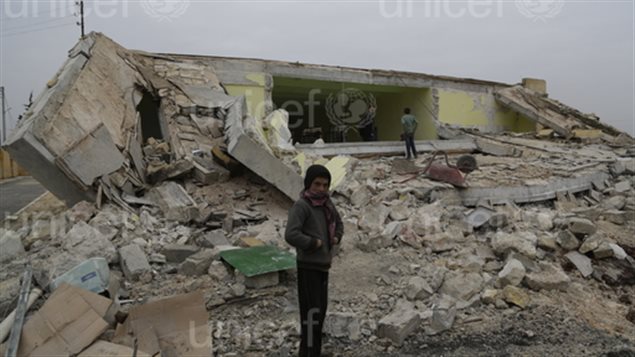
At the summit, Canada’s International Development Minister Marie-Claude Bibeau has announced an additional $331.5-million in humanitarian aid.
This will go to United Nations humanitarian agencies, the Red Cross and non-governmental organizations, as well as Canadian organizations.
On Monday she announced $274-million in aid destined for emergency response, child protection, and food security.
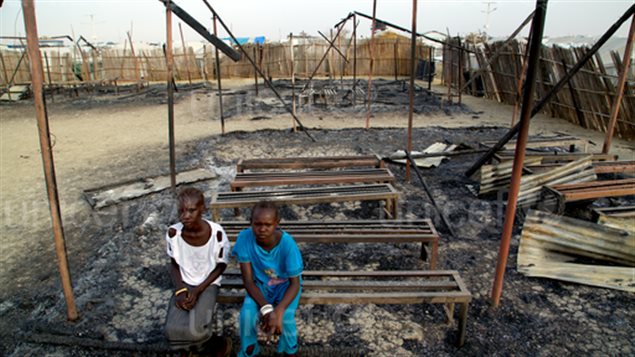






For reasons beyond our control, and for an undetermined period of time, our comment section is now closed. However, our social networks remain open to your contributions.